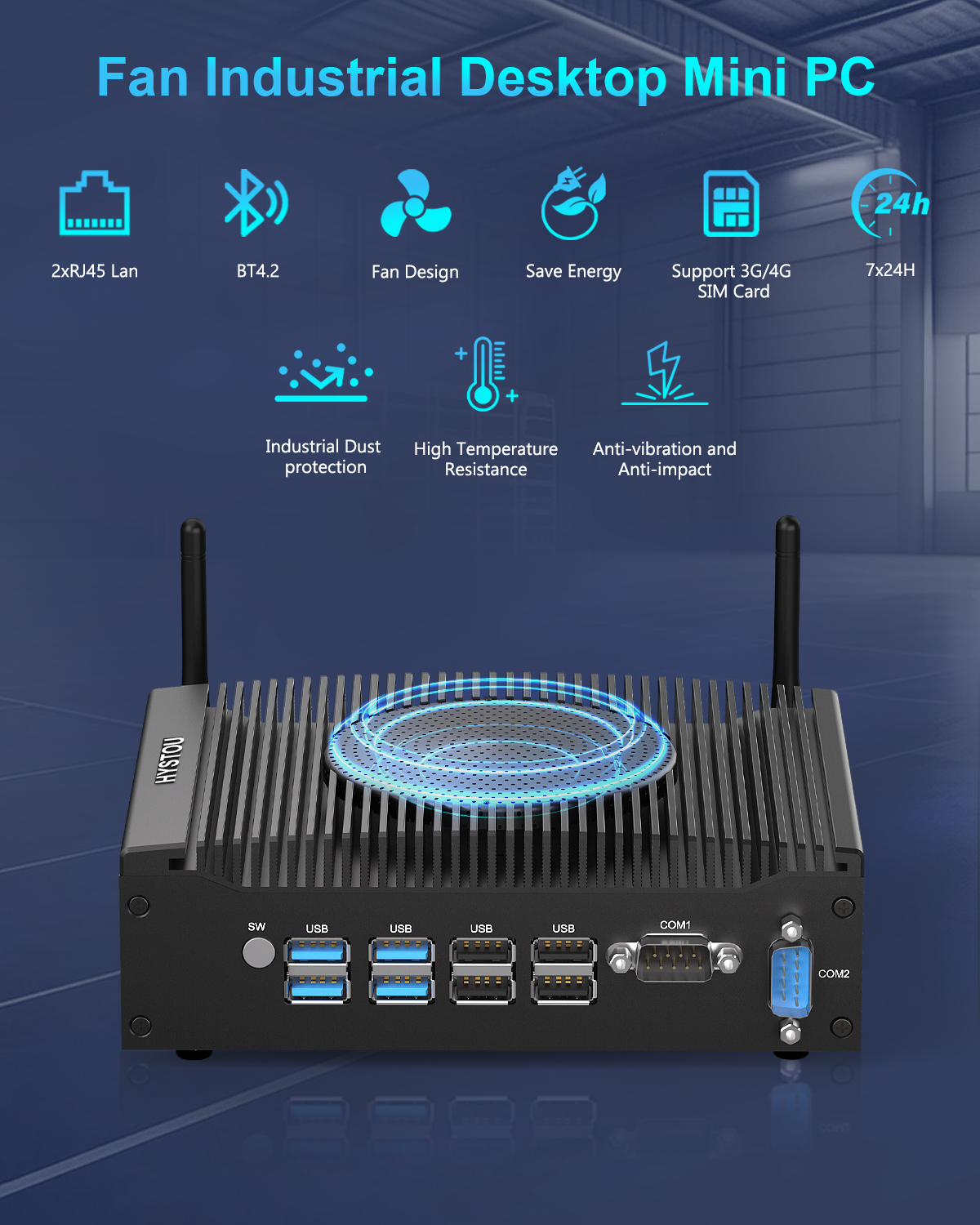
Contact Us
Mini PC Expandability Showdown: M.2 Slots vs. USB4 Docking Capabilities
The Evolution of Mini PCs and the Need for Expandability
The mini PC market has experienced explosive growth in recent years, with shipments projected to exceed 35 million units globally by 2025. As these compact computing solutions become increasingly mainstream, users are demanding greater flexibility and future-proofing capabilities. This comprehensive analysis explores two critical expansion pathways: internal M.2 storage slots and external USB4 docking solutions.
Chapter 1: Understanding M.2 Slots in Mini PCs
Technical Foundations of M.2 Storage
The M.2 form factor has revolutionized storage expansion with its PCIe NVMe interface delivering sequential read speeds up to 7,000 MB/s. Modern mini PCs like the Intel NUC 13 Extreme and ASUS PN56 feature dual M.2 slots supporting Gen4 and emerging Gen5 specifications.
Key Advantages:
- Native Integration: Direct PCIe 4.0/5.0 connectivity
- Thermal Efficiency: Better heat dissipation in enclosed systems
- Power Management: Lower latency and reduced power draw (avg. 3- 5W)
Real-World Performance Scenarios
| Application | M.2 Gen4 (PCIe 4x) | M.2 Gen5 (PCIe 5x) |
|---|---|---|
| 4K Video Editing | 650 MB/s sustained | 1,200 MB/s burst |
| Game Load Times | 18s average | 9s average |
| Database Operations | 85,000 IOPS | 170,000 IOPS |
Chapter 2: USB4 Docking Ecosystems
Next-Generation Connectivity
USB4 v2.0 80 Gbpss) Docking stations like the CalDigit TS4 and OWC Helios FX represent a paradigm shift in peripheral expansion. These solutions offer:
- Multi-Protocol Support: Thunderbolt 4 compatibility, DisplayPort 2.1, PCIe tunneling
- Power Delivery: 100W+ charging with adaptive voltage control
- Daisy-Chaining: Up to 6 devices per port with DisplayPort 2.1 MST
